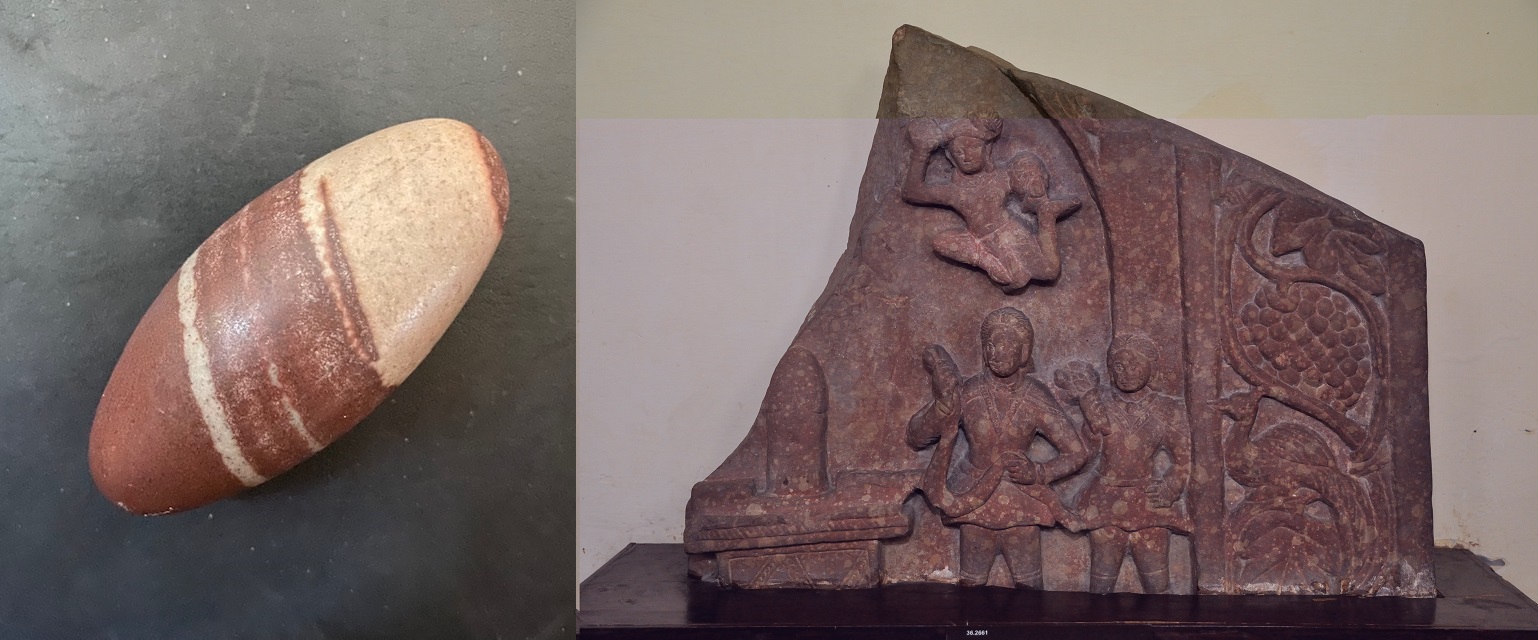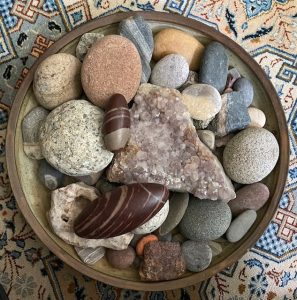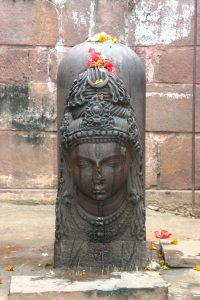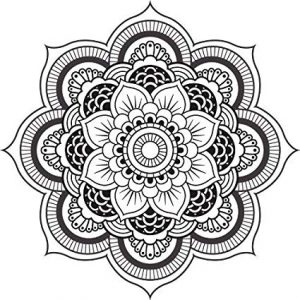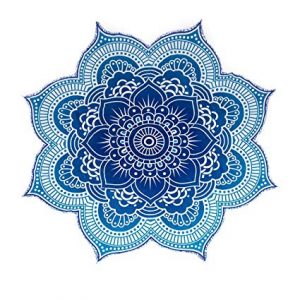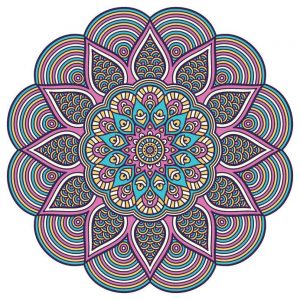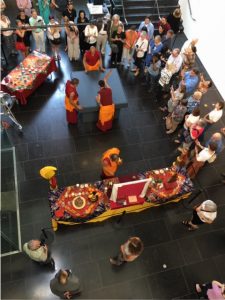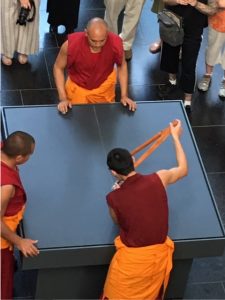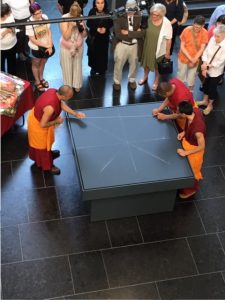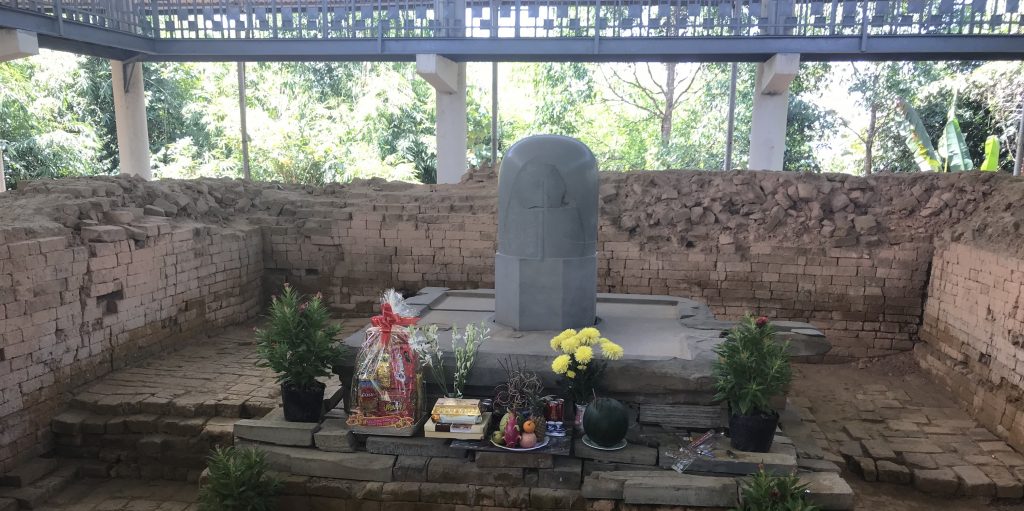
I recently bought a smooth, elliptical stone in shades of mahogany and taupe. Since I was in pre-school, I’ve been picking up stones, and I have several plates and bowls of them around the house. Larger stones decorate my garden. I could not resist such an interesting looking and fabulous feeling stone.
This is the second stone I purchased at Crafts Without Borders in Connecticut. This time, I was moved to learn more about it.
Shiva Lingam Stones
These are Shiva Lingam stones, natural stones from the bed of the Narmada River, one of the seven sacred rivers of India. These stones are river-tumbled to a smooth surface. No two stones are alike.
Also known as Namadeshwar Lingam, these stones are said to have sprung from the body of Lord Shiva. According to Britannica, “lingam, लिङ्ग (Sanskrit: “sign” or “distinguishing symbol”) also spelled linga, in Hinduism, a votary object that symbolizes the god Shiva and is revered as an emblem of generative power. The lingam appears in Shaivite temples and in private shrines throughout India.” People bring offerings of milk, water, fresh flowers, young sprouts of grass, fruit, leaves, and sun-dried rice.
My stones are shaped like elongated eggs. The egg represents the female and the male principle.
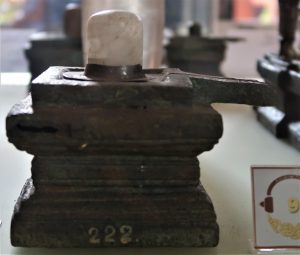
This stone is jasper, which consists of chalcedony, opal, and quartz. It provides protection, grounding the body and boosting overall energy.
Meaning of Shiva Lingam
These stones first caught my attention because of the way they look and feel, but they have a much deeper meaning and history than that.
According to mystonemeaning.com, “People involved in finding water and springs can carry this stone. Shiva Lingam Stone brings courage to resolve conflicts and problems with determination. It helps us think faster, organize better, and turn ideas into action. In this way, we manage to fulfil our obligations.
“When in a relationship, this stone can enhance a sense of intimacy and closeness. Shiva Lingam Stone provides support if you are suffering from a chronic illness or are hospitalized. This stone is great for all those who have problems with blood circulation, digestive tract and reproductive organs. It can balance the mineral content of our body.
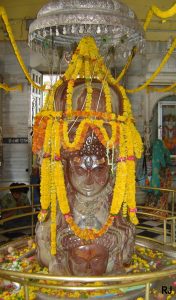
“Shiva Lingam Stone is associated with Earth. It helps us connect with our environment and raise awareness about ecology. Thanks to this stone, we can meditate deeply and discover the karmic causes of all the problems in our lives. Shiva Lingam strengthens the immune system and cleanses toxins from the body.
“Unlike other stones that act on individual chakras, Shiva Lingam acts on all chakras equally. This stone can awaken kundalini energy. We can find kundalini energy in the root chakra, at the base of the spine. The kundalini is wrapped seven times and runs upward. When we stimulate kundalini energy, the chakras gradually open and release through the crown chakra.”
Incorporating Shiva Linga in the home is auspicious and virtuous to the family. I’ll keep you posted!
Bottom Line: If you believe in the power of stones, Shiva Lingam’s got you covered.
